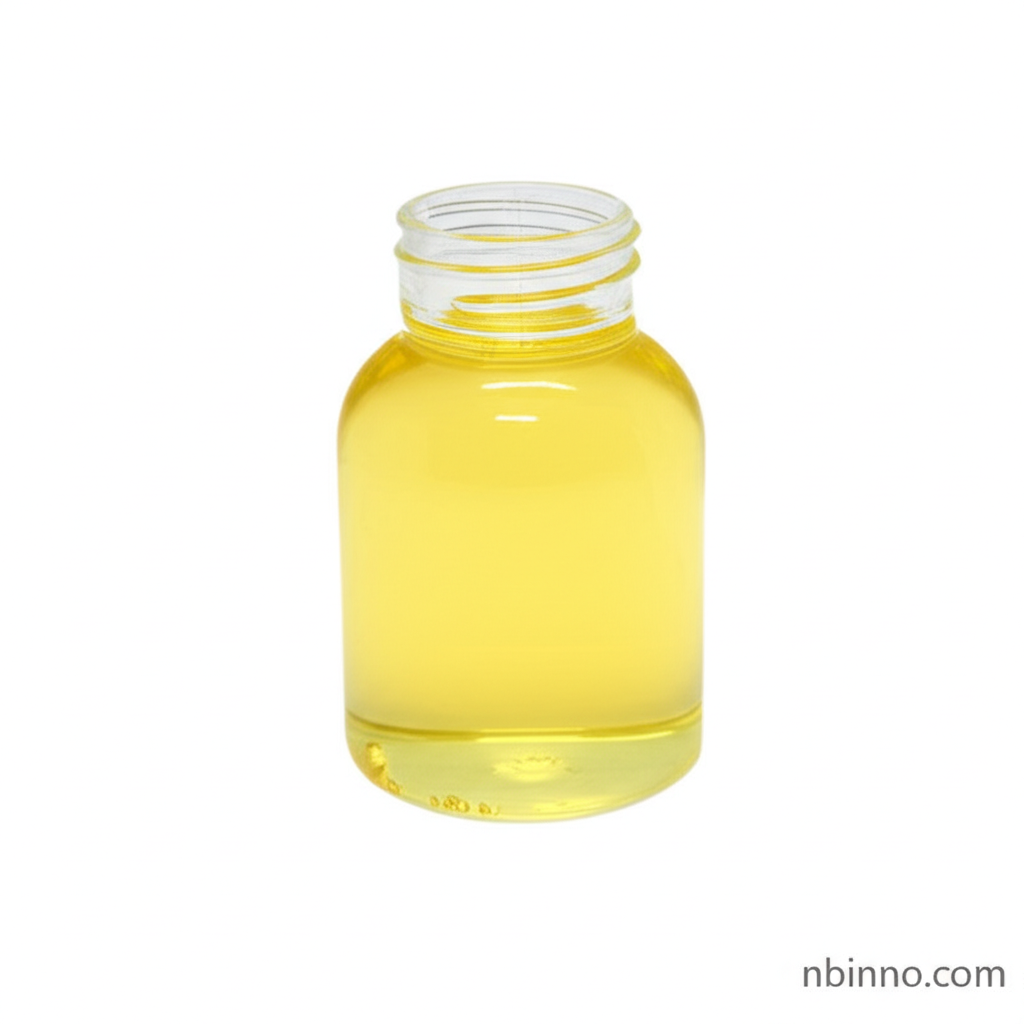2,4-Dibromotoluene: A Versatile Intermediate in Organic Synthesis
Exploring the synthesis, properties, and diverse applications of 2,4-Dibromotoluene for modern chemical industries.
Get a Quote & SampleProduct Core Value

2,4-Dibromotoluene
2,4-Dibromotoluene is a critical chemical intermediate widely utilized across various sectors due to its unique structural properties and reactivity. Its role as a building block significantly contributes to advancements in pharmaceuticals, agrochemicals, and materials science.
- As a key intermediate in organic synthesis, 2,4-dibromotoluene provides a foundation for creating complex molecules.
- Its application as a pharmaceutical intermediate is crucial for the development of various drugs, including antidepressants and local anesthetics.
- In the agrochemical industry, this compound serves as a vital raw material for producing effective pesticides, herbicides, and fungicides, contributing to agricultural productivity.
- The compound's utility extends to the dye industry, where it is used in the synthesis of various dyes and pigments, adding value to textile and colorant applications.
Key Advantages
Versatile Reactivity
The presence of two bromine atoms and a methyl group allows for diverse chemical transformations, making 2,4-dibromotoluene a highly versatile intermediate for various organic synthesis routes and facilitating pharmaceutical intermediates production.
Broad Application Spectrum
From creating life-saving pharmaceuticals to enhancing crop yields with agrochemicals, and producing vibrant dyes, its wide application spectrum underscores its economic and industrial importance, aligning with market needs for agrochemical raw materials.
Proven Synthesis Pathways
Established synthesis methods, including industrial continuous flow processes, ensure reliable and efficient production, supporting consistent supply for users seeking high-quality dye synthesis intermediates.
Key Applications
Pharmaceutical Synthesis
Serves as a key building block in the synthesis of active pharmaceutical ingredients (APIs) and drug candidates, aiding in the development of novel therapeutics and contributing to research for anticancer drug development.
Agrochemical Production
Essential raw material for manufacturing pesticides, herbicides, and fungicides, playing a vital role in modern agriculture and crop protection strategies for increasing yields.
Dye and Pigment Manufacturing
Acts as an intermediate in the creation of various colorants, including historically significant dyes, contributing to the vibrant palette used in textiles and other industries.
Materials Science
Used as a cross-linking agent and flame retardant in polymer production, enhancing the performance and safety characteristics of plastic materials, and supporting research into advanced materials.
